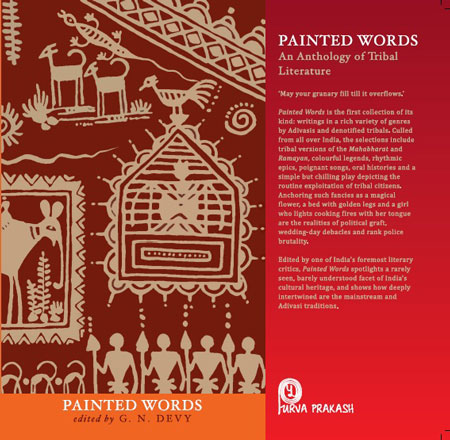Indian aboriginal tribes primarily reside in remote areas of Madhya Pradesh, Arunachal Pradesh, Orissa and West Bengal.
Indian aboriginal tribes are native tribes, who were much less in number during the primitive times, however, with the passing decades, the Indian aboriginal tribes have considerably grown in number. […]
The extent of the tribal population varies considerably from state to state. In the north eastern states of Arunachal Pradesh, Meghalaya, Mizoram, and Nagaland, almost 90 percent of the population is tribal. The Gondi tribe is one of the aboriginal tribes of the central India. The Gondi, or Gond Tribe live across the states of Madhya Pradesh, eastern Maharashtra (Vidarbha), Chhattisgarh, northern Andhra Pradesh, and western Orissa. More than four million people, they make up the largest tribe in Central India.
The Kol caste is a generic name for the Munda Tribe, Ho, and Oraon tribes who are the aboriginal groups of India. These tribes live in the states of Jharkhand, Orissa, and West Bengal, and spread over into parts of Bihar, Chhattisgarh, Madhya Pradesh, Assam, Tripura, Bangladesh, and Nepal. […]
The Kota tribe, also called Kotas is a community of indigenous peoples who inhabit areas on the slopes of the Nilgiri hills in Tamil Nadu in South India. The Kotas are the experts at the occupation of traditional artisans and arts of pottery and terracotta baking in the Nilgiris and their associated community, the Todas, are the agriculturists of the Nilgiris.
The Santhal Tribes are the largest tribal community in India, found mainly in the states of West Bengal, Bihar, Jharkhand, Assam, and Orissa. These native groups also comprise a significant Santal minority in neighbouring Bangladesh.
The aboriginal tribes of India are the oldest tribal groups of the country.
Read the entire article here >>
Source: Indian Aboriginal Tribes
Address : https://www.indianetzone.com/37/indian_aboriginal_tribes.htm
Date Visited: 28 March 2020
“I would like to direct attention to the general approach when we encounter the ‘other’ – the question of our protocol, etiquette and attitude. In our eagerness to know we probably show a disregard to these civilities. We try to buy friendship for building up rapport; we try to intrude into others’ territory without being invited and carry presents that we perceive would be appreciated to assert our friendliness.” – Anthropologist R.K. Bhattacharya in “The Holistic Approach to Anthropology” >>
Tips for using interactive maps
Toggle to normal view (from reader view) should the interactive map not be displayed by your tablet, smartphone or pc browser
For details and hyperlinks click on the rectangular button (left on the map’s header)
Scroll and click on one of the markers for information of special interest
Explore India’s tribal cultural heritage with the help of another interactive map >>
See also
Adverse inclusion | Casteism | Rural poverty
Demographic Status of Scheduled Tribe Population of India (Census figures 2011)
Fact checking | Figures, census and other statistics
Human Rights Commission (posts) | www.nhrc.nic.in (Government of India)
Search tips | Names of tribal communities, regions and states of India
“What is the Forest Rights Act about?” – Campaign for Survival and Dignity
“Who are Scheduled Tribes?” – Government of India (National Commission for Scheduled Tribes, NCST)

Tribal Literature by G.N. Devy >>
Free eBooks & Magazine: Adivasi literature and languages >>
“India, a union of states, is a Sovereign, Secular, Democratic Republic with a Parliamentary system of Government. The President is the constitutional head of Executive of the Union. In the states, the Governor, as the representative of the President, is the head of Executive. The system of government in states closely resembles that of the Union. There are 28 states and 8 Union territories in the country. Union Territories are administered by the President through an Administrator appointed by him/her. From the largest to the smallest, each State/UT of India has a unique demography, history and culture, dress, festivals, language etc. This section introduces you to the various States/UTs in the Country and urges you to explore their magnificent uniqueness…” – KnowIndia (Government), States and Union Territories (Visited: 2 September 2023)
Learn more about India’s 28 States and 8 Union Territories – From Andhra Pradesh to West Bengal | Nutrition >>